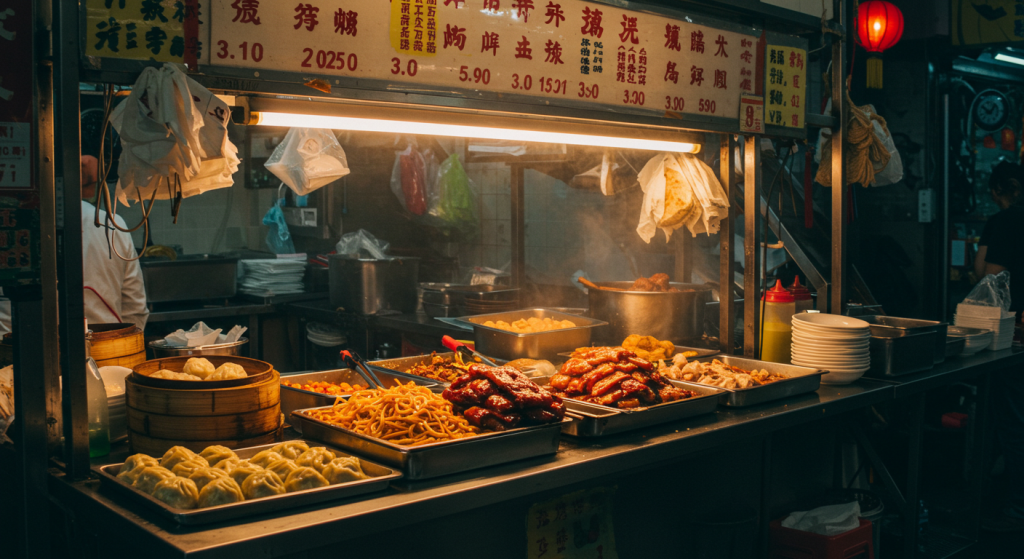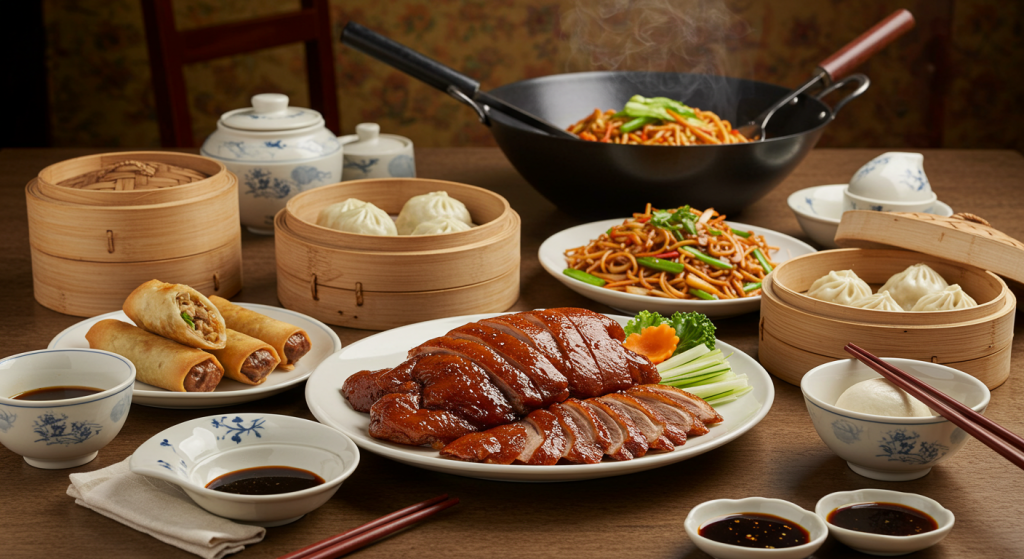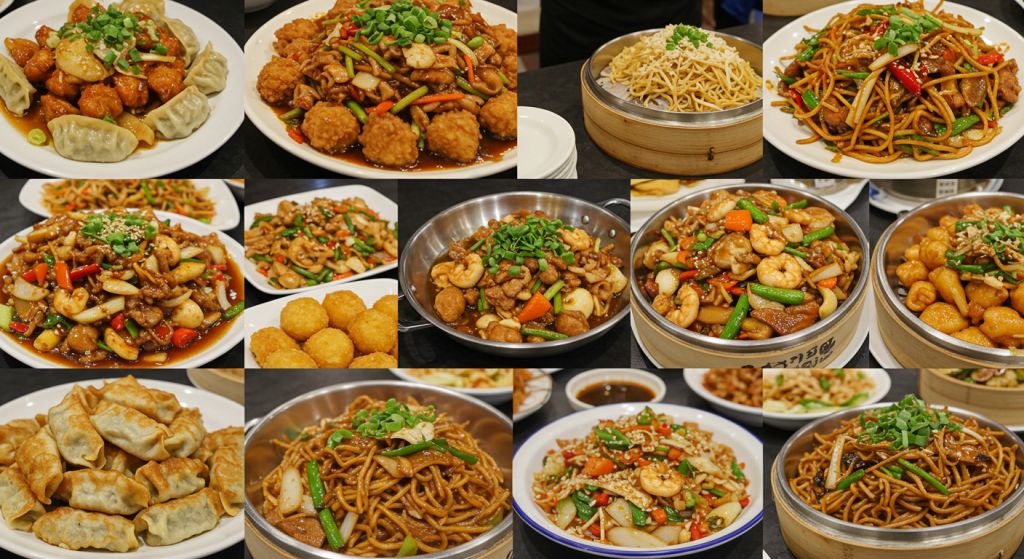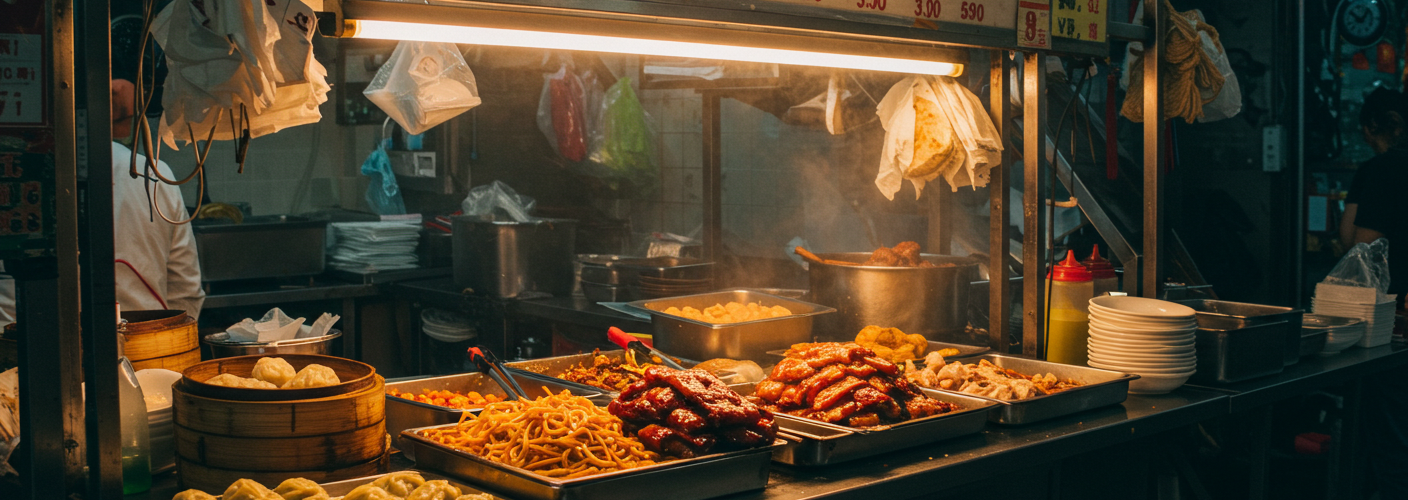


Chinese food is much more than just a meal; it represents centuries of culture, tradition, and innovation. With its diverse range of flavors and cooking styles, Chinese cuisine has captivated palates globally, becoming a favorite choice in restaurants, homes, and festive gatherings alike. This article delves into the essence of Chinese food, its various regional specialties, and what makes it so uniquely appealing.
A Culinary Overview
Chinese cuisine is known for its balance, ranging from the sweet and sour of many dishes to the spicy heat found in others. At its core, Chinese food celebrates the combination of five fundamental flavors: sweet, sour, bitter, salty, and spicy. This harmonious blend is achieved through various ingredients, cooking techniques, and presentation styles.
The culinary landscape of China is incredibly vast, with eight major regional cuisines that each offer distinct flavors and techniques. These include:
- Cantonese: Renowned for its dim sum and use of fresh ingredients, Cantonese food is perhaps the most recognizable Chinese cuisine internationally. Iconic dishes such as sweet and sour pork and stir-fried vegetables exemplify the region’s preference for lightly seasoned dishes that enhance the natural flavors of the ingredients.
- Sichuan: Famous for its bold, spicy flavors, Sichuan cuisine utilizes ingredients like Sichuan peppercorns and chili oil. Signature dishes include mapo tofu and kung pao chicken, which provide a fiery dining experience that leaves a lasting impression.
- Shandong: This cuisine is characterized by its use of seafood and wheat-based dishes like dumplings. Shandong chefs pride themselves on precise knife skills and techniques that enhance the texture and taste of the food.
- Jiangsu: Known for its emphasis on sweetness and presentation, Jiangsu cuisine often features braised dishes. Dishes like sweet and sour mandarin fish showcase the region’s flair for a visually appealing plate.
- Zhejiang: This cuisine is famous for its fresh, seasonal ingredients, such as fish and poultry. It emphasizes a light and refreshing approach, with dishes like West Lake fish in vinegar sauce being prime examples.
- Hunan: Renowned for its bold flavors and liberal use of chili peppers, Hunan cuisine is rich and spicy. Dishes often include smoked meats and fresh vegetables, offering a feast for the senses.
- Fujian: From this coastal region comes a focus on umami flavors. Fujian cuisine is also known for its stews and soups that incorporate seafood and fresh produce, making it both hearty and satisfying.
- Anhui: Drawing from its mountainous terrain, Anhui cuisine often includes wild herbs and game. Techniques such as stewing and braising are common, delivering rich flavors that are deeply satisfying.
Cultural Significance
Food in China is culturally significant. Meals often symbolize harmony and family unity, especially during celebrations like the Chinese New Year when families gather to enjoy dishes like dumplings and fish, symbolizing wealth and prosperity. Additionally, the concept of Yin and Yang in food emphasizes balance and health, guiding culinary choices to ensure a balanced diet.
Conclusion
Chinese food is an intricate tapestry of flavors, techniques, and traditions that reflects the country’s rich cultural history. Its diverse regional cuisines offer something for everyone, from the mild flavors of Cantonese cuisine to the intense heat of Sichuan dishes. As you explore the myriad offerings of Chinese cuisine, you’ll find an ever-evolving culinary journey that highlights the beauty of balance and harmony in every bite. Whether you’re dining at a restaurant or preparing a meal at home, the essence of Chinese food is bound to create moments of joy and connection around the dining table.




Add comment